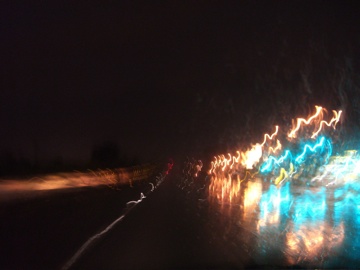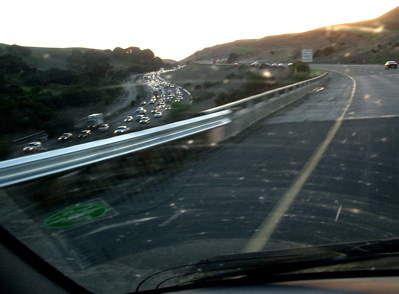Part 2 of my 1973 train travelogue ended with an uncomfortable episode, and relating it made me uncomfortable all over again, even 50 years later.
Here was the scene: A man in his 40s or 50s, distinguished by his harassed demeanor, single leg and crutches, stops and asks a teenager, a total stranger, to join him in the men’s room “for a smoke.” Why was it uncomfortable? Well, I didn’t smoke, for one thing. For another: Is there any other way to interpret that as something other than a proposition? I thought after I transcribed that passage the other day, “Maybe he just needed some help with his prosthesis or something” or, “Maybe that was just his way of being friendly.” But he didn’t have a prosthesis. And it seemed from his behavior with other passengers as though he were capable of just sitting in the lounge car and striking up a conversation without being creepy about it. I have no idea, though, how many other passengers he might have invited to join him in the men’s room.
Later in that 1973 trip and for much of the rest of the decade, I hitch-hiked a good deal. Maybe it goes without saying, but I experienced this kind of proposition often enough to make me wary. From talking to other hitch-hikers, men and women, I assume that was true for most of us. Getting hit on almost seemed like a feature of that kind of travel, something you almost had to expect and know how to respond to. Still, it could be unsettling, just like the episode with the guy on the train.
Usually the advance was pretty low key — someone picking you up, maybe shaking your hand, and saying something like, “You have a nice firm handshake. Would you like to stop by my trailer for a massage?” Usually the men making the suggestions, and they were always men, were not insistent. “Would you like to party? No — well, OK.” Occasionally, though, they’d be insistent and then some.
Hitch-hiking through Reno late one night — yes, I often hitch-hiked all night, which I don’t hold up as an example of my faultless good sense — a guy picked me up and said he was headed a good distance east. I’d been in the car for only a few minutes, though, when he started to ask me some questions: “Do you like T-shirts?” “Uh … yeah, I like T-shirts OK.” “How about … white T-shirts?” “Um … well, I guess I like colored T-shirts. … ” “You do?”
I’ve always wondered whether “T-shirts” was some sort of code I wasn’t in on. I guess it was, because he told me he’d be getting off the freeway to go to his place and he wanted me to come with him. We were now in the desert and well outside the city limits. Being out in the middle of nowhere with this T-shirt guy and whatever he had in mind? No thanks. I insisted on getting out of the car immediately. He dropped me some distance before the next exit, and drove off. A few minutes later, he pulled up on the other side of the freeway, headed back toward town. He shouted that he had a gun and was going to shoot me.
If the idea was to put a scare into me, it worked. I ran down into the ditch alongside the road and stayed there until I looked over the edge and saw his car was gone — I’m not sure if it was two minutes or five minutes later. I didn’t know what to do after I see he’d left, so I started walking back toward town myself. I figured if I had to walk all the way back to town in the middle of the night — it was a good 10 miles at least — there might be a bus or train or something I could catch. But walking back was scary, too: As every car approached, and there were only a few at this hour, I wondered if it was the T-shirt guy with his gun.
After half an hour, someone did stop. I don’t remember anything about that ride except the driver took me to Lovelock, about 80 miles east, and I was very relieved to be off that stretch of freeway.




